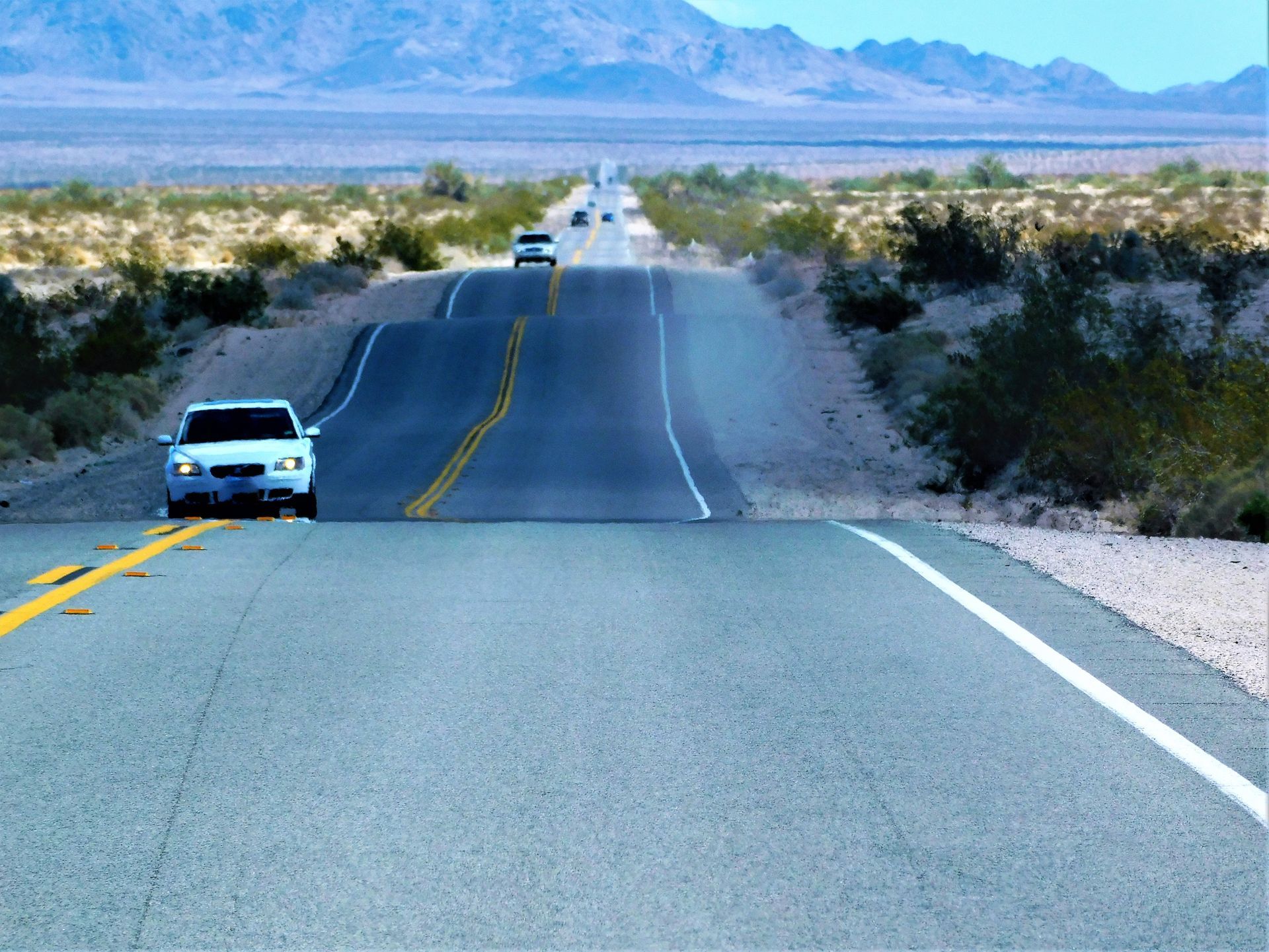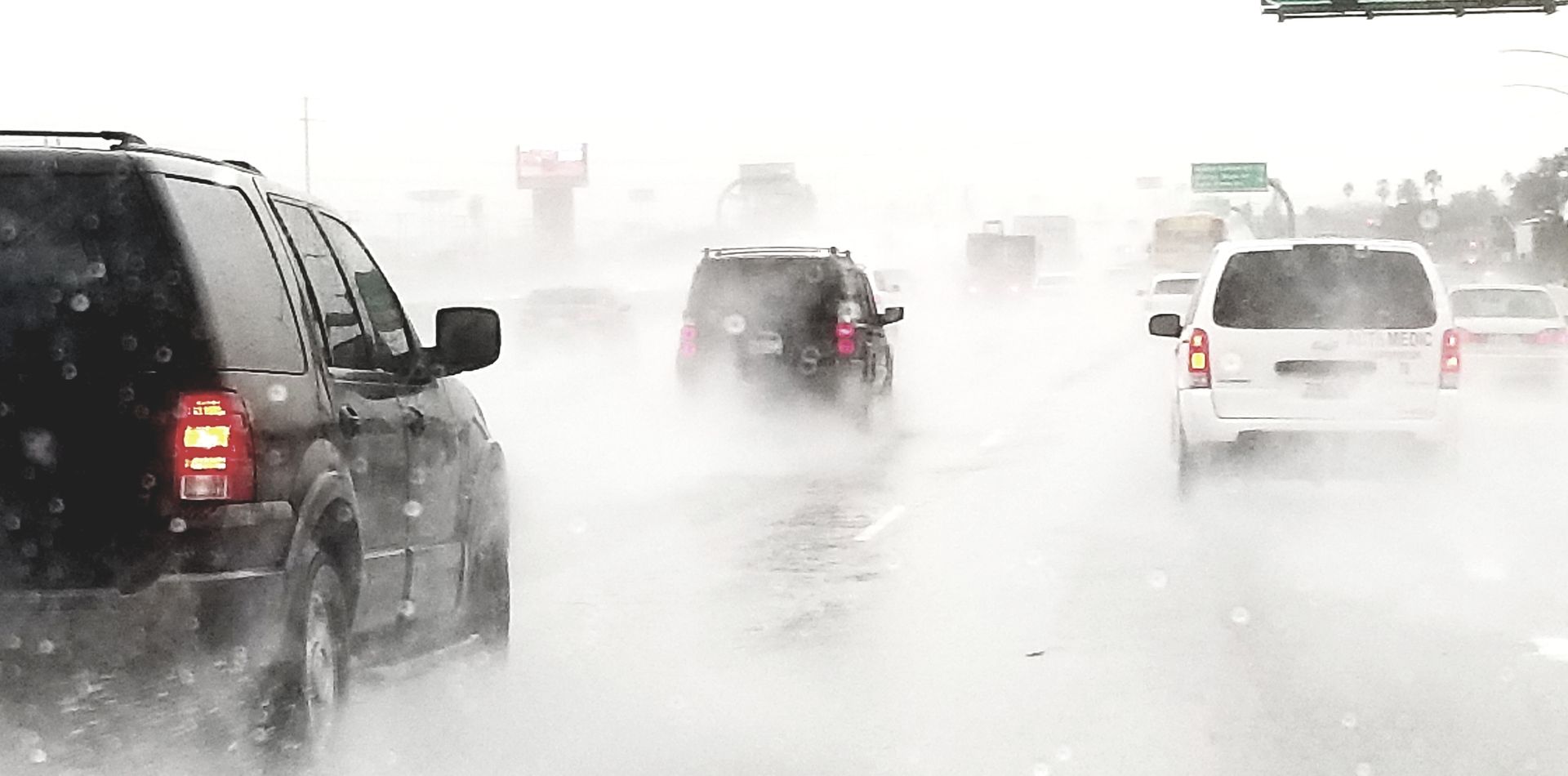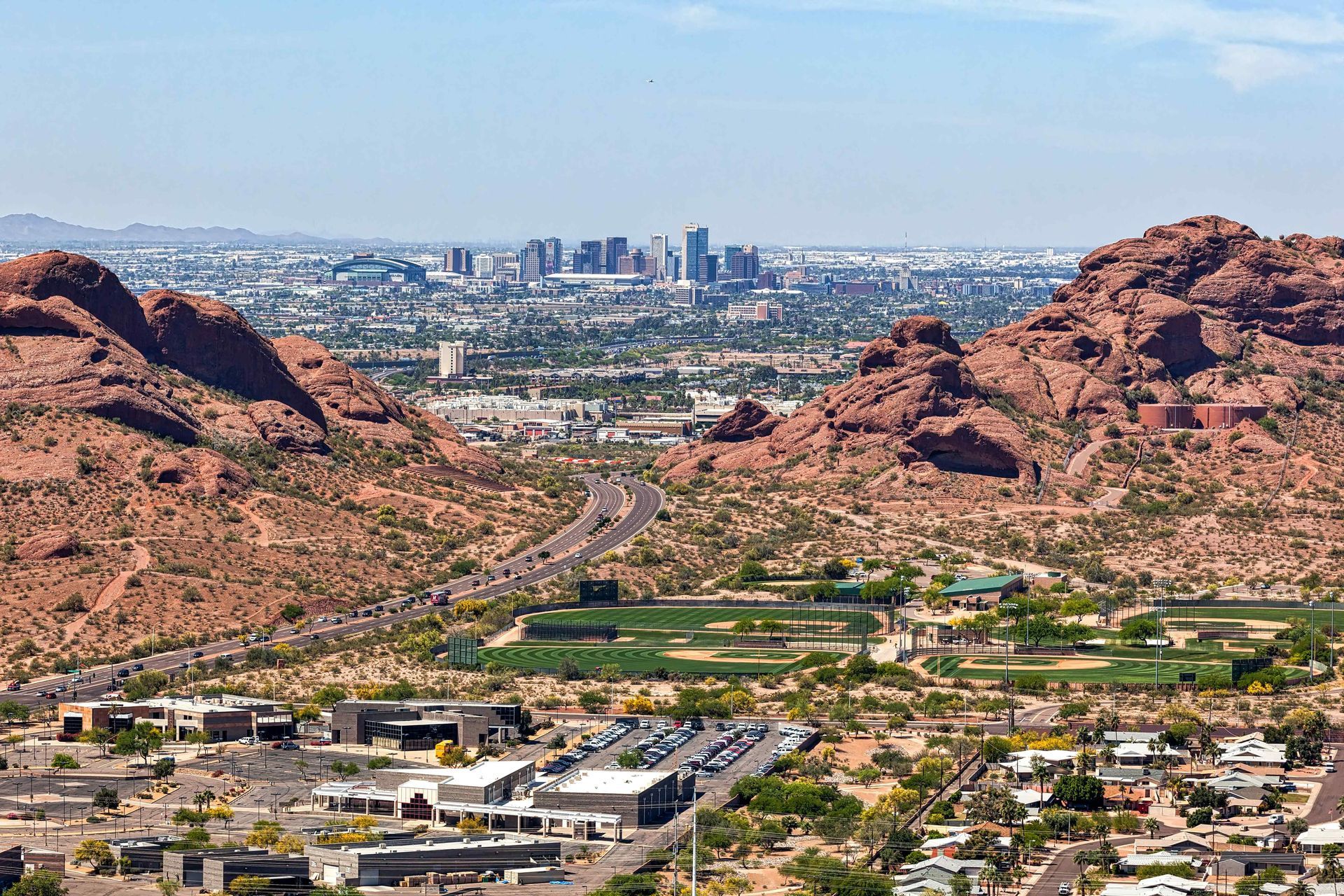How Weather and Road Conditions in Arizona Impact Car Accidents
From monsoons to dust storms, Arizona's extreme weather and road conditions play a big role in car accidents.
Learn how to stay alert and safe behind the wheel.

Arizona is known for its beautiful desert landscapes and year-round sunshine, but the state’s unique climate and weather conditions can make driving tricky and even dangerous at times. From scorching summer heat to sudden monsoons and dust storms, the weather in Arizona can have a significant impact on road safety. In this blog, we’ll explore how these weather and road conditions affect driving and accident rates in Arizona, and share tips on how to stay safe when behind the wheel.
Dust Storms:
A Serious Threat to Visibility
Arizona is notorious for its dust storms, which can blow in suddenly, especially in the late summer and early fall. These storms can reduce visibility to near zero, making it incredibly dangerous to drive.
Why Dust Storms are Dangerous:
- Reduced Visibility: When dust storms hit, the sky can turn dark, and visibility can drop to only a few feet in front of your vehicle. It’s nearly impossible to see other vehicles, traffic signals, or potential obstacles.
- Sudden Stop-and-Go Traffic: Drivers who don’t slow down in time may cause rear-end collisions when they stop abruptly in low visibility conditions.
Safety Tips for Dust Storms:
- If you find yourself driving in a dust storm, pull off the road as soon as possible and turn off your headlights. Stopping on the shoulder and waiting it out is usually the safest option.
- If you can’t pull over, reduce your speed to a crawl, keep your headlights on, and try to drive as cautiously as possible.
Winter in the Mountains:
Snow and Ice
While the desert areas of Arizona experience little to no snow, the northern parts of the state, including areas like Flagstaff and the Grand Canyon, often receive significant snowfall in the winter months. Snow and ice can cause dangerous driving conditions in these parts of the state, especially for drivers who aren’t used to driving in winter weather.
How Winter Weather Affects Driving:
- Slippery Roads: Snow and ice can create hazardous conditions, even on main highways. Drivers unfamiliar with these conditions may not know how to properly handle a vehicle in winter weather.
- Snow Accumulation: Accumulated snow can block roads or create snowdrifts, making it difficult to drive safely. Vehicles with inadequate tires or lack of snow chains may struggle to get through these conditions.
Safety Tips for Winter Driving in Arizona:
- Use winter tires or tire chains if you’re traveling to higher elevations where snow is expected.
- Keep a winter emergency kit in your car with items like blankets, water, and food, in case you get stranded.
- Take it slow, and leave extra space between you and other vehicles when driving on snow or ice-covered roads.



